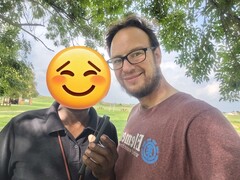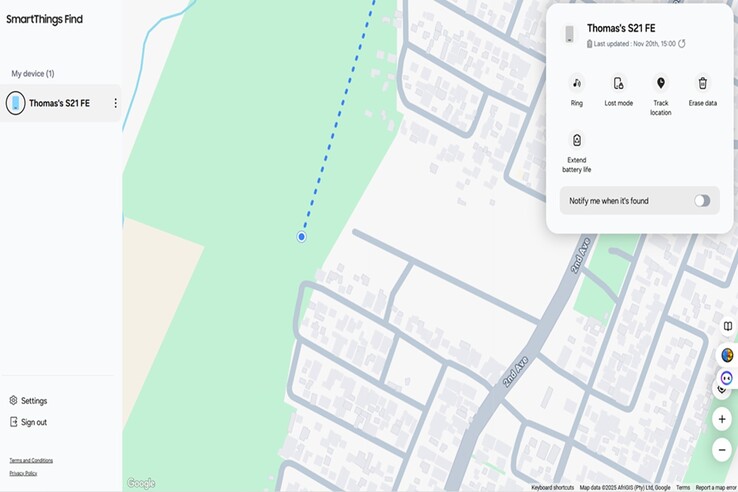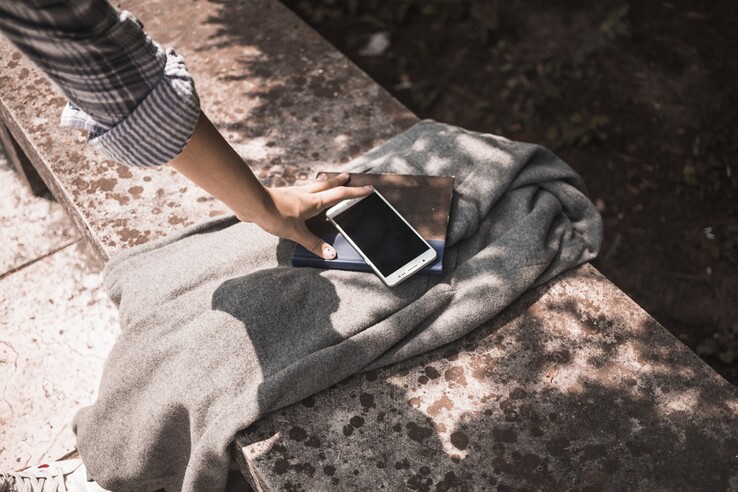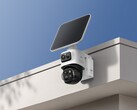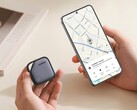Mobile phone theft is a daily reality in South Africa, as well as other countries, and in most cases, the device disappears into informal resale networks within hours. As a journalist, I’ve heard countless stories about digital security, device tracking and privacy risk; however, I unexpectedly found myself on the other side of the story.
My close friend of 22 years, Thomas. M, had his Samsung S21 FE stolen. I originally gifted him the device a few years back. Unfortunately, the phone did not have the lock screen enabled. As such, the individual who stole it immediately began using it… Normally, it's the worst-case scenario, because it gives a thief full access to disable tracking or reset the device entirely.
Thomas came to me for help. With his permission, I logged into his Google account to begin tracking through Google Find Hub, Samsung SmartThings Find, and Google Maps. What followed became a practical demonstration of how powerful these consumer tracking networks have become when used together.
Note: Due to the nature of this event, the name of the victim has been shortened within this article
How Google Find Hub helped
Google Find Hub confirmed the phone was still active. This system refreshes location data whenever the handset connects to mobile data or Wi-Fi. It can also provide a broad last-known location if Location History was enabled beforehand, though precise, real-time tracking depends on active internet or GPS.
It gave us the first indication that the device had not yet been reset — an important early advantage when there is no lock screen in place.
How Samsung SmartThings Find became the key
SmartThings Find ended up being the difference-maker. Samsung’s offline finding relies on a network of nearby Galaxy devices to anonymously and securely relay Bluetooth Low Energy signals. Even without mobile data, these encrypted pings are sent through other Samsung phones in the area.
Within minutes, SmartThings Find began reporting highly accurate location updates. This feature is designed for exactly this scenario: a lost or stolen phone moving through areas with weak connectivity.
Cross-checking with Google Maps
I used Google Maps to visualise each location ping, confirm movement patterns, verify the type of area being reported and ensure the signal remained consistent. When three independent tools align on the same coordinates, the likelihood of accuracy increases dramatically.
After about an hour of watching the updates, all three systems locked onto the same location: a restaurant roughly 50 km away. Once the signal held steady long enough to rule out a transient connection, Thomas decided to drive out and retrieve his device.
Against the odds, he got it back.
Why the missing lock screen almost ended it
While the recovery was successful, it is important to acknowledge that the lack of a lock screen - as well as basic security - almost made this device impossible to locate. Without one, a tech-savvy thief with expert knowledge can immediately:
- Disable location services
- Remove the Google or Samsung accounts
- Turn off Find My Device or SmartThings Find
- Perform a factory reset
In this case, timing and luck were on our side. Most people in similar situations are not as fortunate.
What many people forget: Lost Mode
One key step that should always be taken after a theft — and which I want to highlight clearly here — is enabling Lost Mode (Secure Device). Both Google and Samsung allow you to:
- Lock the device remotely
- Display a message with a contact number
- Prevent further changes to accounts and settings
- Trigger a sound
- Initiate a remote erase if necessary
This feature significantly improves the chances of recovery and protects sensitive information, even if the device is never found.
The importance of location services
For these systems to work effectively, Location Services must be turned on. While SmartThings Find can sometimes relay Bluetooth-based location without it, GPS and Wi-Fi scanning greatly improve accuracy. This is a small setting most users never check, but it is essential for reliable tracking.
A broader context: Apple users aren’t left out
Although this story involved a Samsung device, it’s worth noting that Apple’s Find My ecosystem works on a similar principle. Apple devices form a crowd-sourced, encrypted Bluetooth network that helps locate lost or stolen iPhones, iPads, AirPods, and even third-party accessories. The underlying idea — using nearby devices to relay secure location data — is now becoming the industry standard.
The reality
Most stolen phones in South Africa are never recovered, but this case showed how far these tracking ecosystems have evolved. These tools are no longer basic “last seen” indicators. They are part of massive, encrypted device networks capable of producing precise, actionable location data.
This experience reinforced three essential points:
- Enable Find My Device or SmartThings Find
- Link your device to your Google or Samsung account
- Secure your phone with a lock screen
Without these, recovery is extremely unlikely.
This time, thanks to quick action, modern technology, and a bit of persistence, Thomas walked away with something most victims never get back: his phone.
Source(s)
First-hand experience
Cellphone theft: another indicator of South Africa’s policing gaps - issafrica.org
Image sources:




